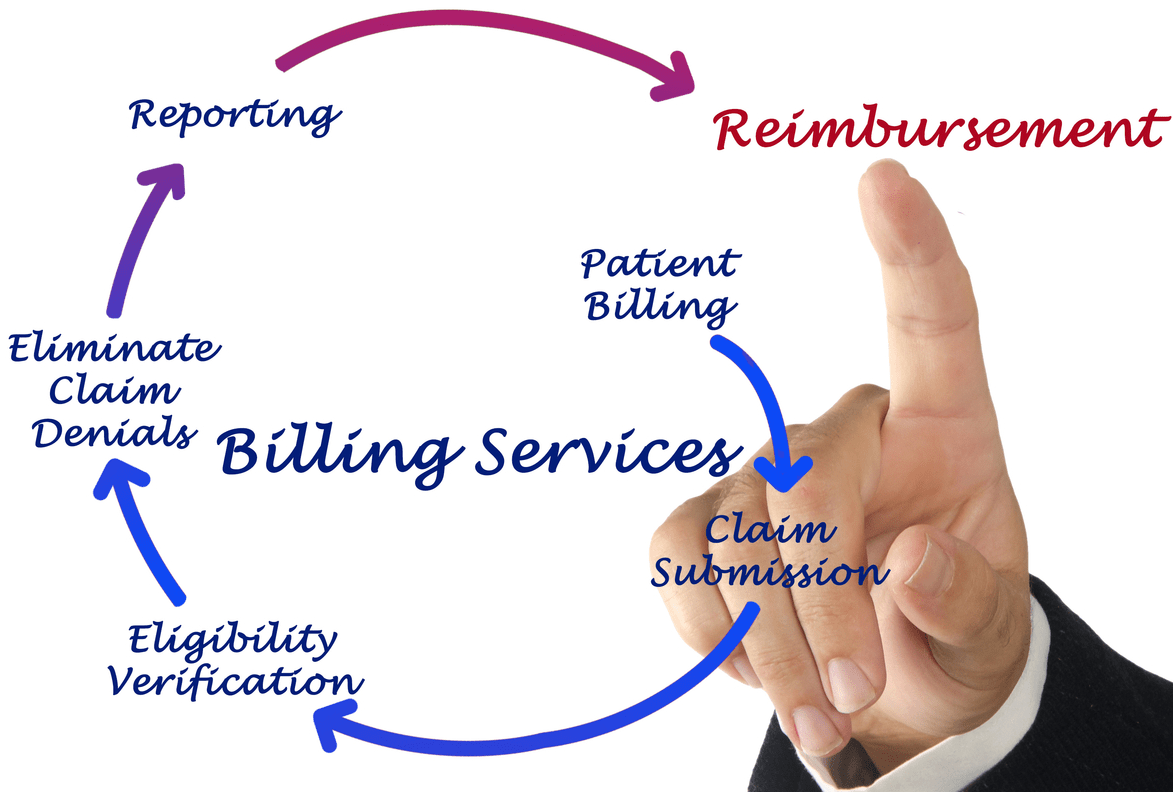Content Attributes
Over the last decade, the surge in SaaS application acceptance and use has broadened the SaaS company’s growth potential. With SaaS application development gaining prominence, an increasing number of firms, startups, and entrepreneurs are turning to the SaaS development framework to create their products and expand their businesses.
Without question, using a SaaS development framework for SaaS application development is a terrific way to tap into the full market potential of the SaaS industry, whether B2B or B2C. It is not required that you have a technological background.
A Step-by-Step Guide to SaaS Application Development
The SaaS app development process is separated into phases, each with its purpose and aims. Let us have a look.
Business Strategy
The global SaaS application market is not only profitable but is also highly competitive and fragmented. The first step in SaaS business planning is determining whether the market will be B2B or B2C. Then you must be more specific to create a comprehensive business strategy for SaaS application development.
Market Research on SaaS
The SaaS industry is huge, and you should begin by focusing on certain areas of interest depending on your company strategy. You may either use research tools or do manual research, which should be sufficient for SaaS application development.
It should be highlighted that even if your target market is a regional market, you should always have a good understanding of the worldwide market or, at the very least, what percentage of the global market your target market owns. This will assist you in effectively establishing your company’s vision and objectives. Go now to the professionals for advice.
Prototyping of SaaS Applications
Application prototype is the process of designing your program, including the primary functionalities and architectural components to be produced. From mapping out the necessary connectors to choosing the appropriate database or cloud provider, you must plan and design everything for effective SaaS application development.
Aside from selecting the important features and solutions for your SaaS application, such as billing automation, financial data storage, workflow management, AI/ML-based recommendation algorithms implementation, and others, you must also decide on the kind of application for your SaaS app development. For SaaS application development, there are primarily two kinds of architecture: single instance and multi-tenant.
Development
The SaaS application development phase is the heart of the process, during which you must choose the model or kind of development, technology stack, and general technique. You may either employ SaaS developers in-house or leverage third-party services or a SaaS development business.
Because the SaaS industry is very competitive, as is a strong SaaS product, constructing it from scratch is not an option to explore unless you have extensive expertise and are confident in your ability to manage, solve issues, maintain, and update as required. It is not advisable to devote time and money to trial and error procedures until you have a complete understanding of SaaS product development.
If your budget is limited, you may also engage professional freelancers. In all of these circumstances, however, always review their portfolios, demonstrated competence, and relevant experience working on the particular tech stacks or infrastructures.
Along with development, you must consider migration throughout the SaaS application development process. To mention a few, you must assure smooth and simple migrations from physical to cloud, physical to virtual, virtual, and virtual to virtual.
Testing and Publication
After the deployment step is complete, you must test your product to identify and correct any potential flaws. If you want to create an MVP (Minimum Viable Product) first, this procedure will be considerably easier. Because you test and correct errors at the MVP stage, your final product requires less rework.
Following the construction of a SaaS application, it is necessary to do testing on business logic, user interface, platform compatibility, scalability, data integration, security, and privacy. It is also advised to concentrate more on the main features/solutions to make them not only bug-free but also competitive.
Final Thoughts
SaaS solutions are in high demand, and you must create your own unique SaaS product to meet the needs of your target audience. While the following instructions will assist you in developing SaaS applications or hiring SaaS developers, you will need ongoing research and maintenance even after your product has been published to maintain its market position and optimize the solutions.



